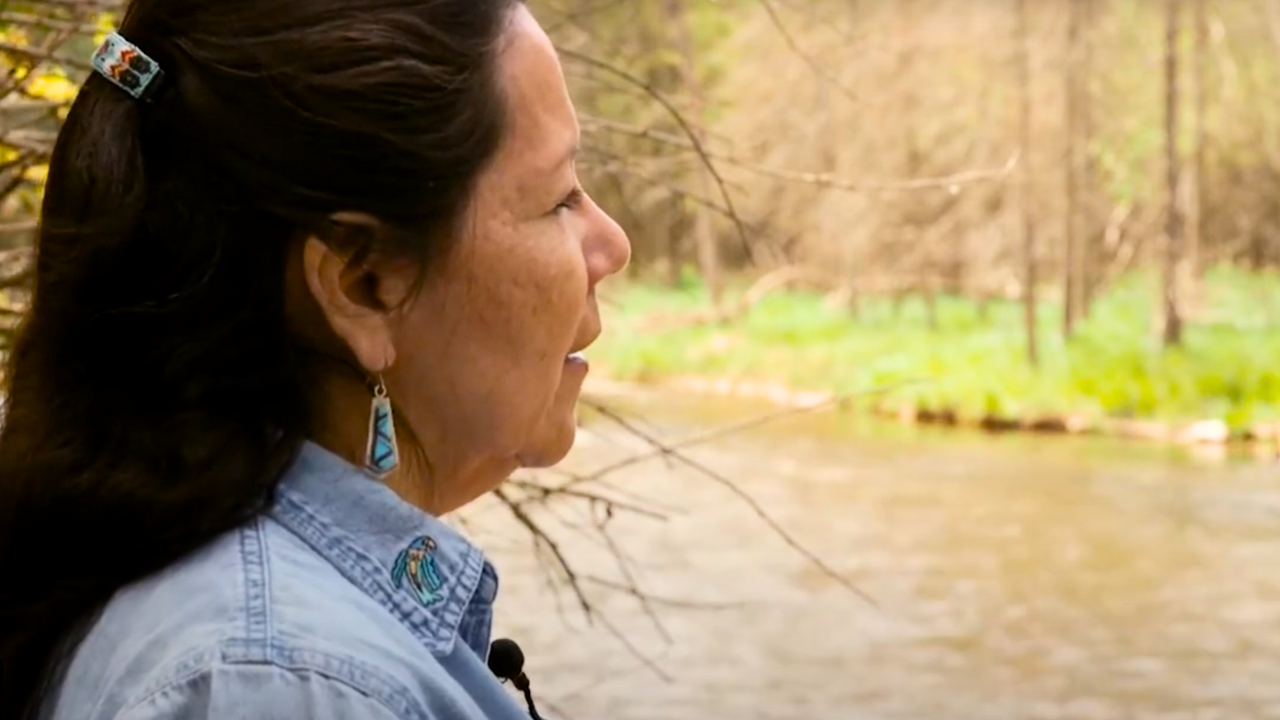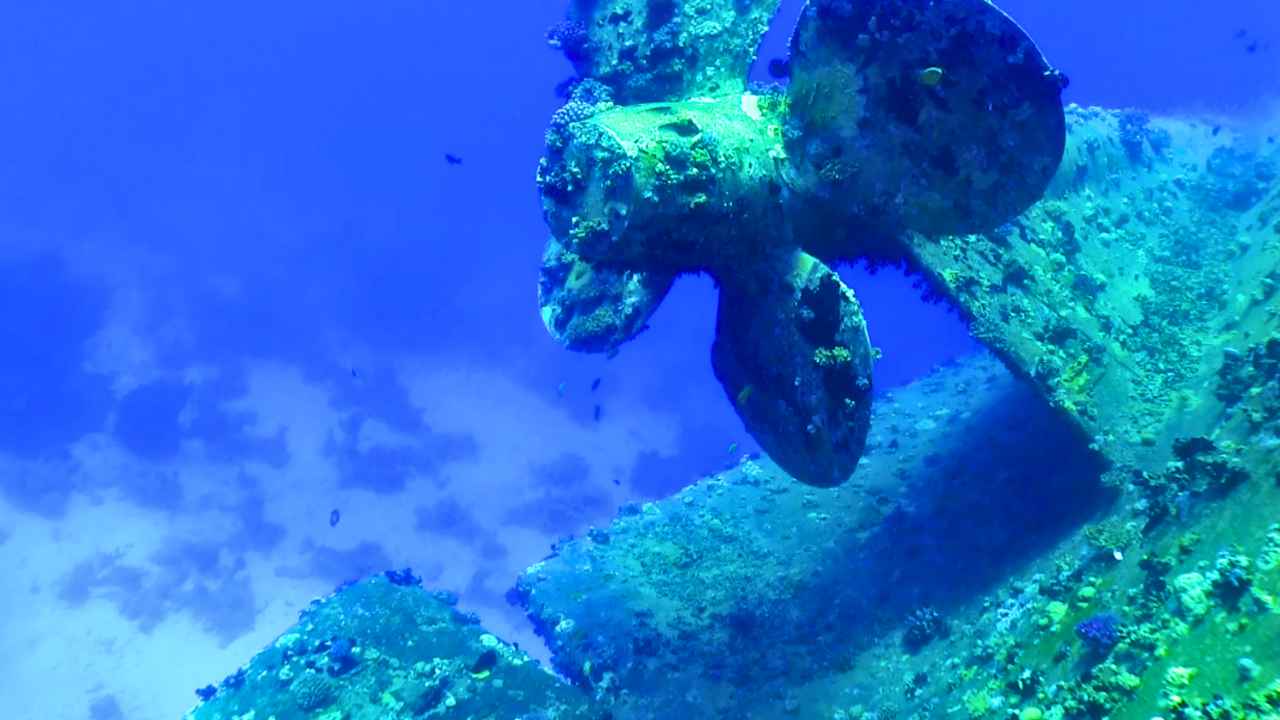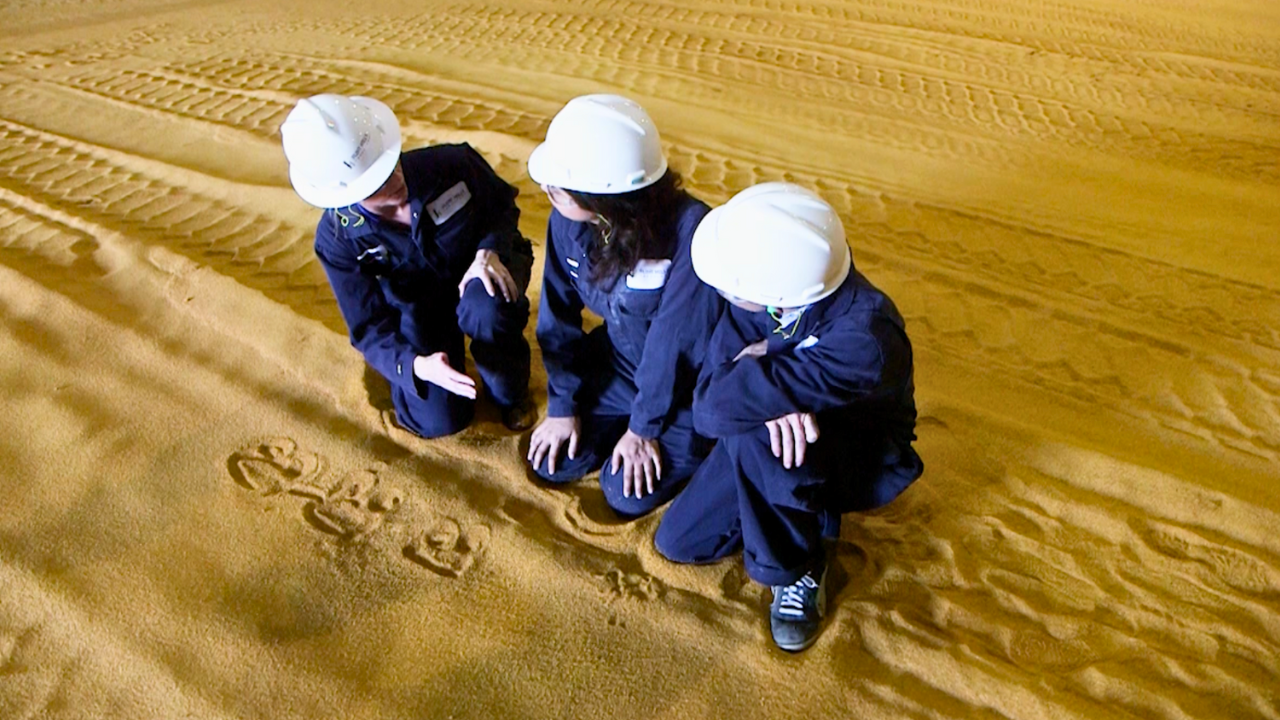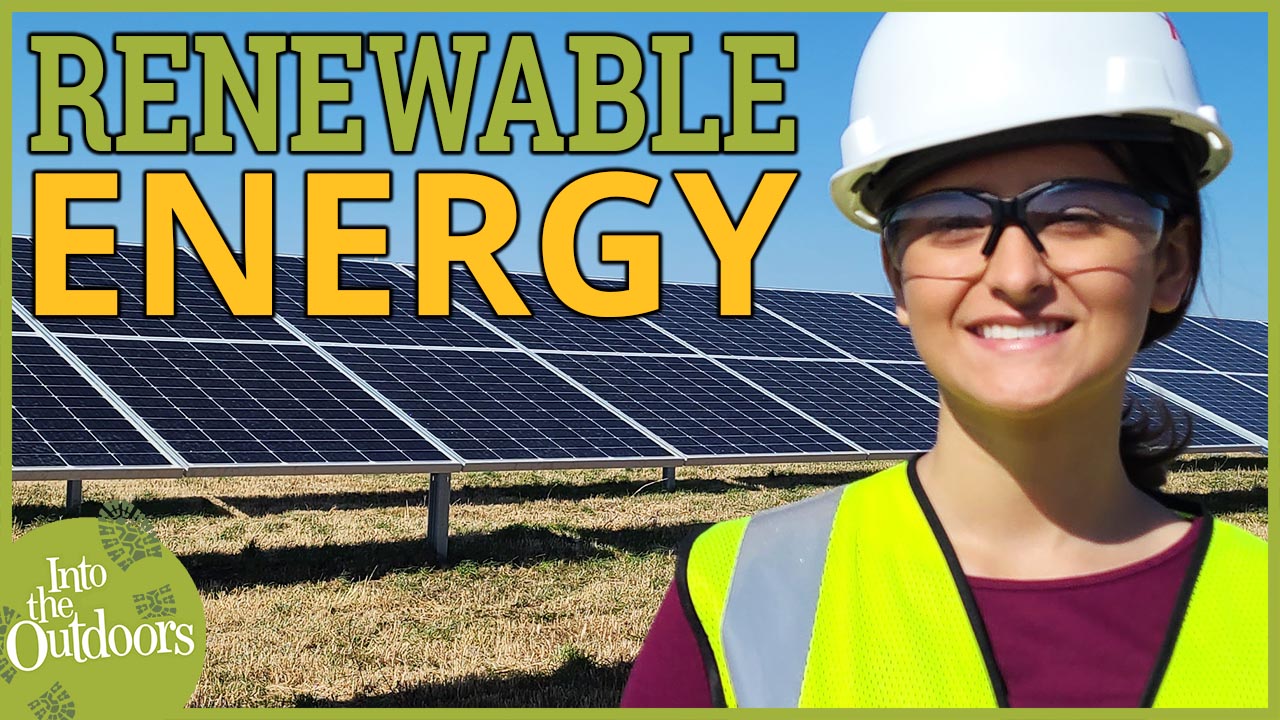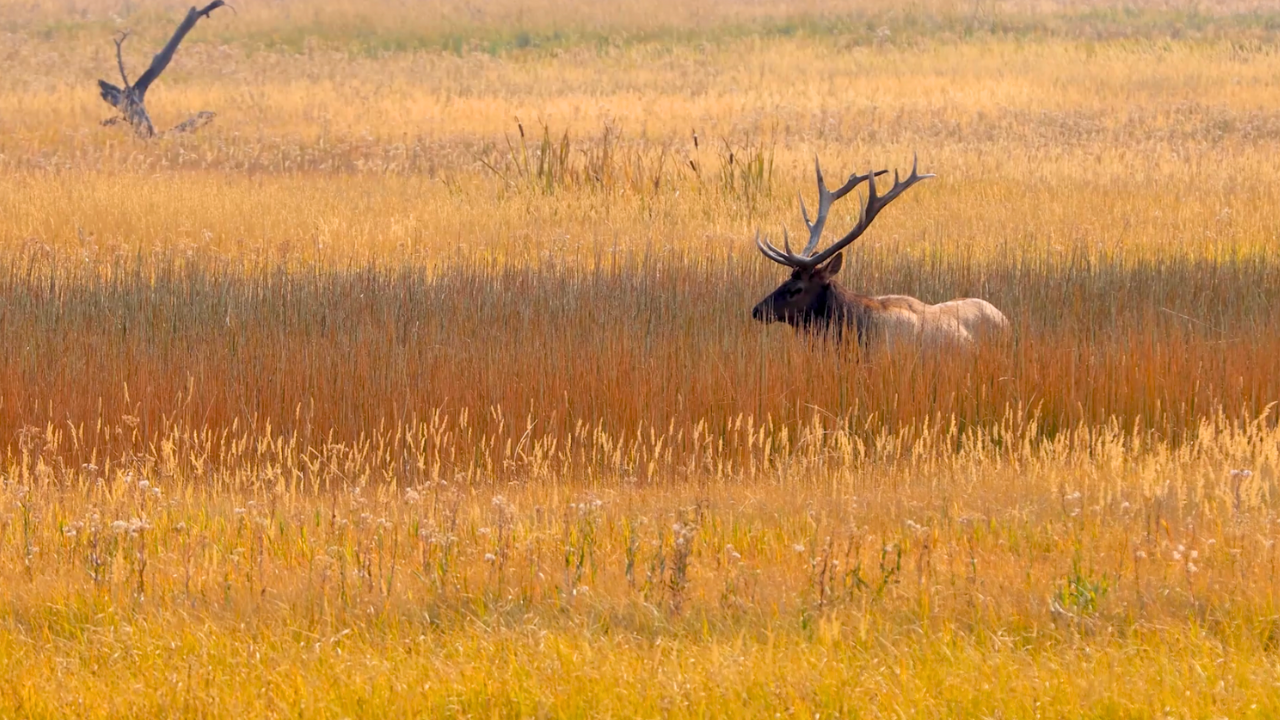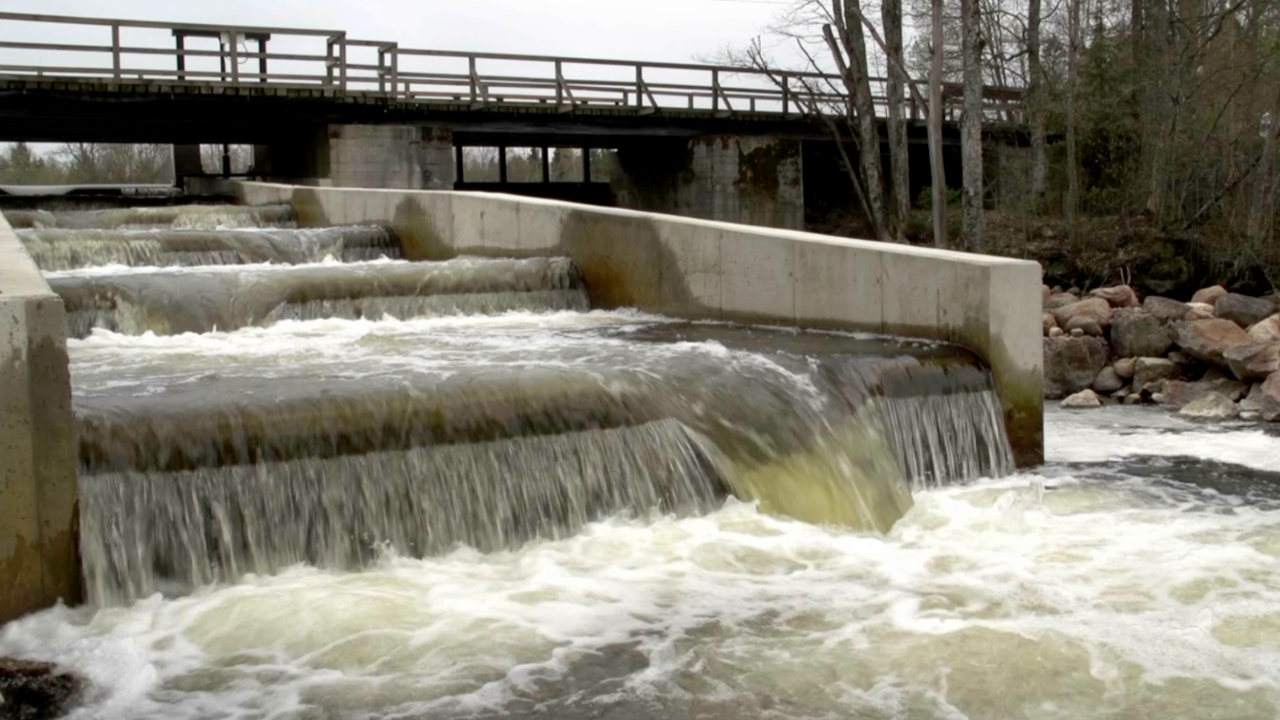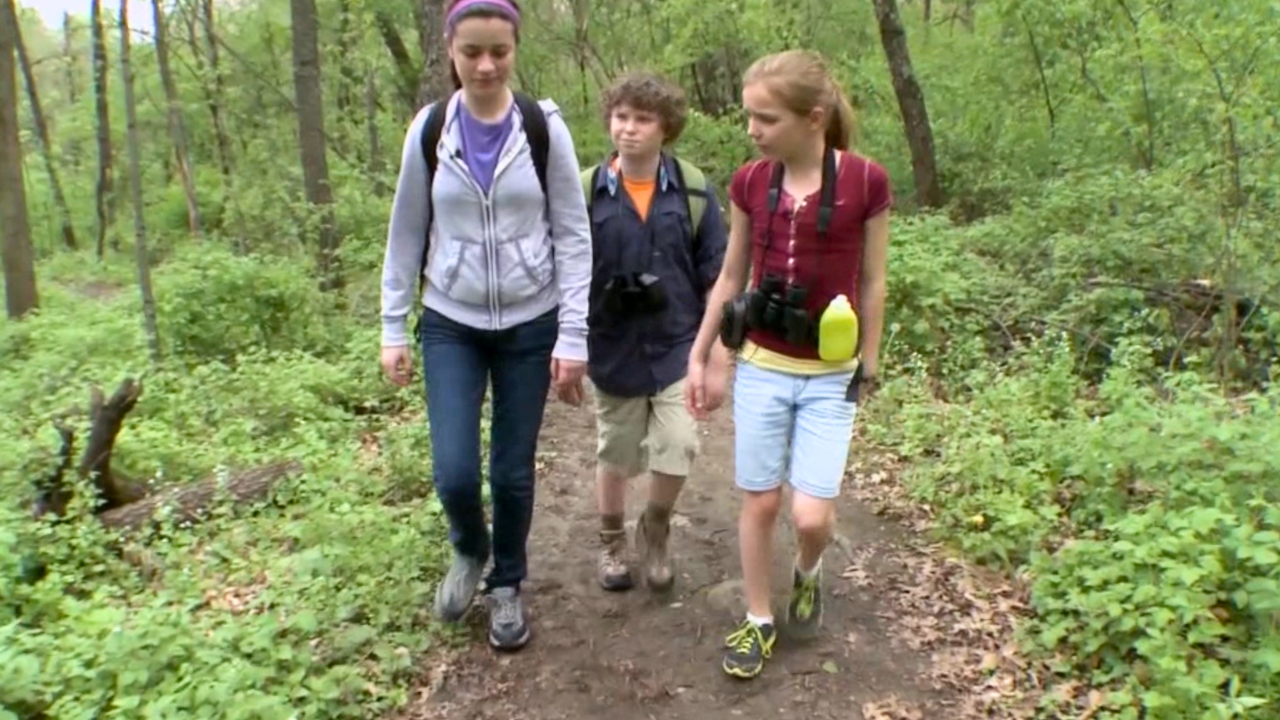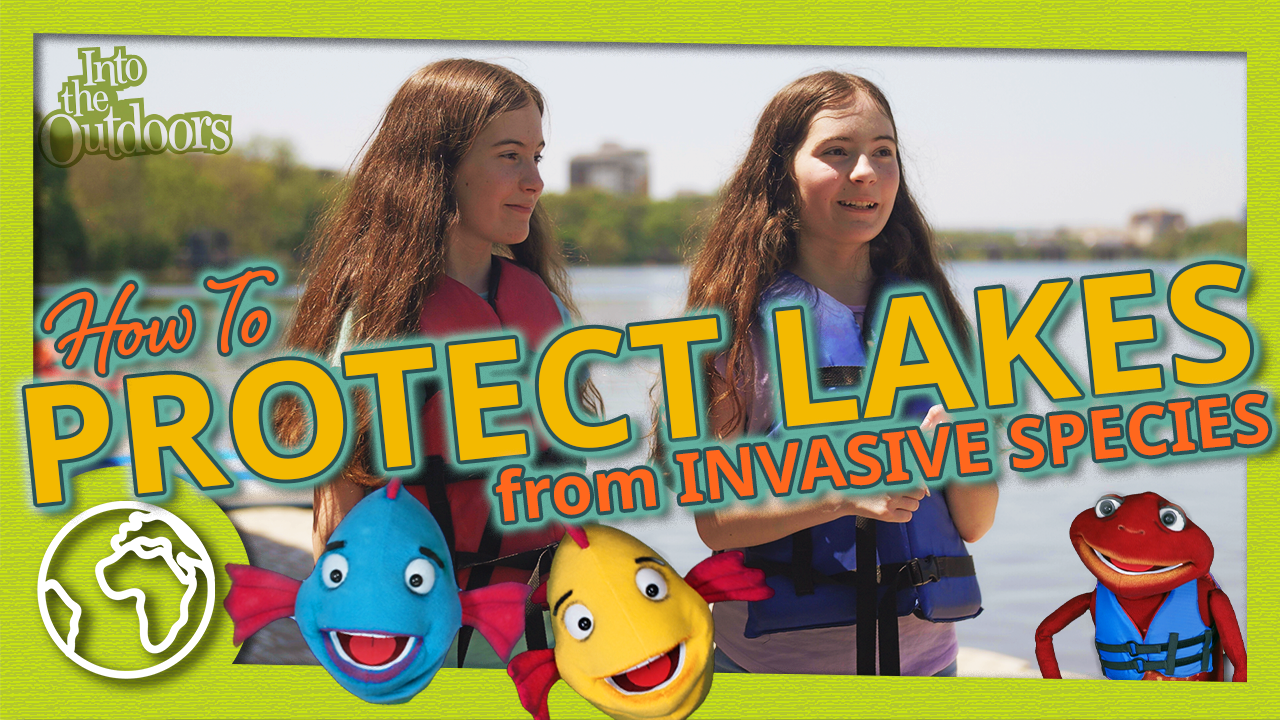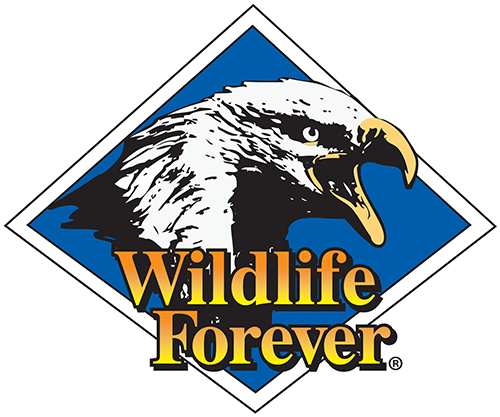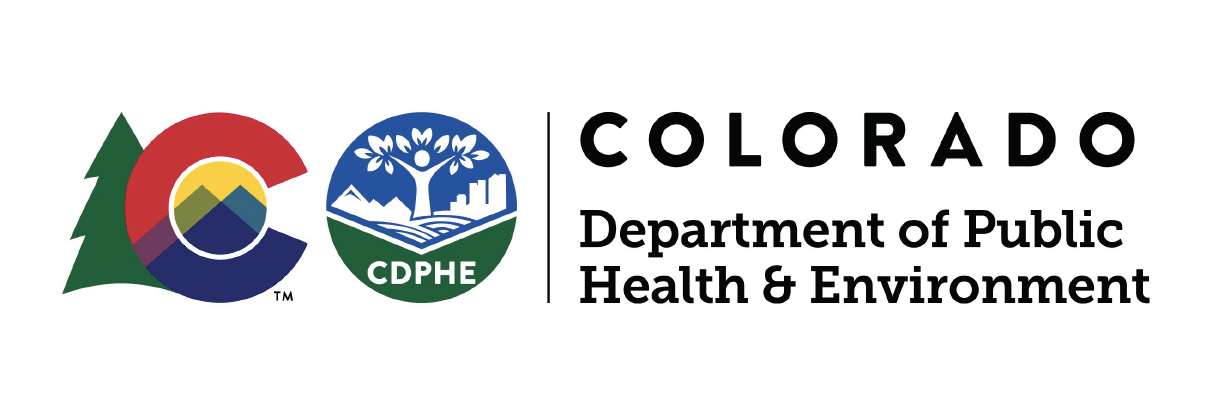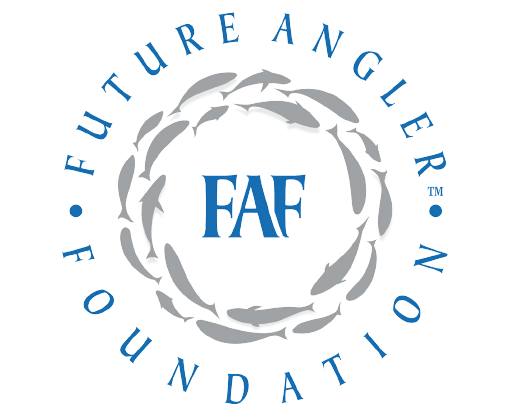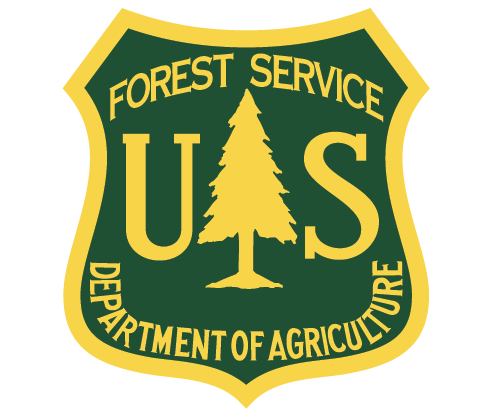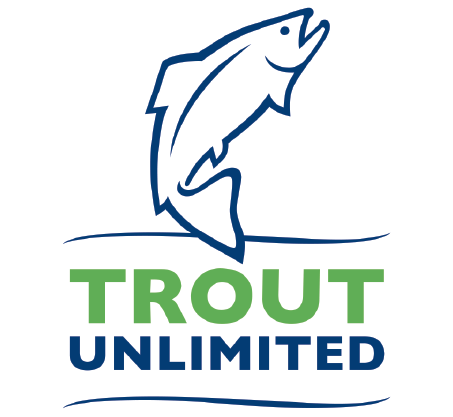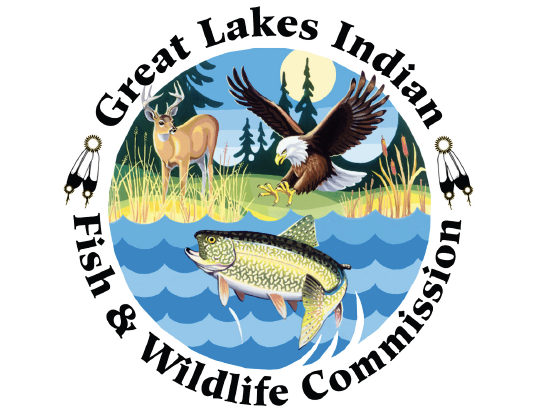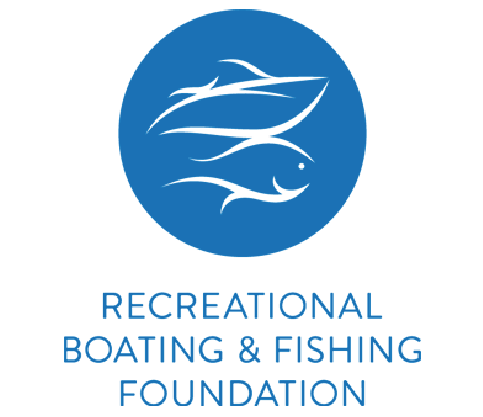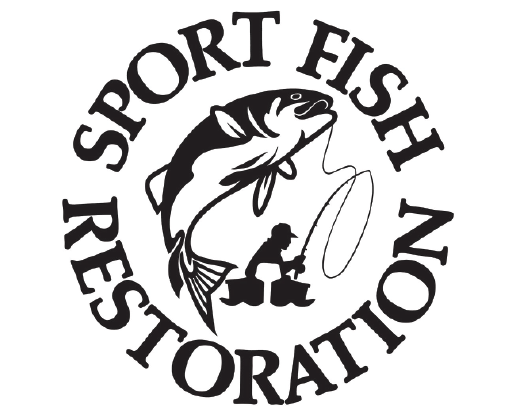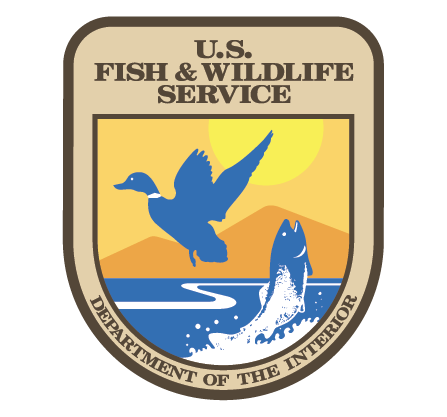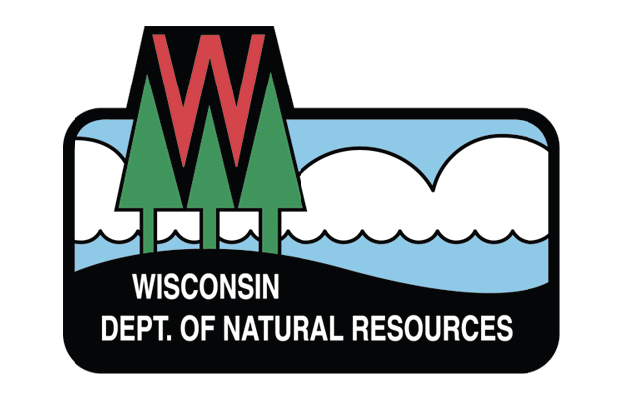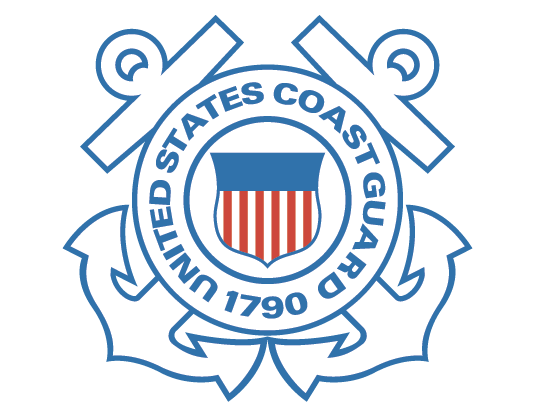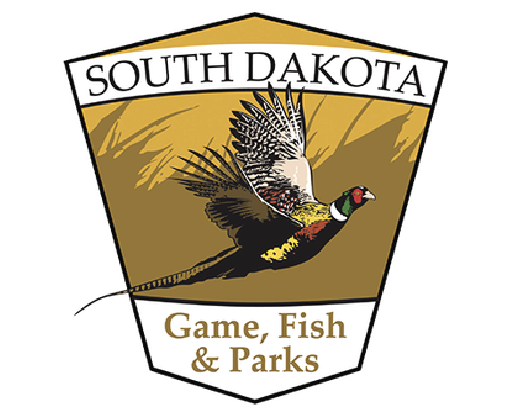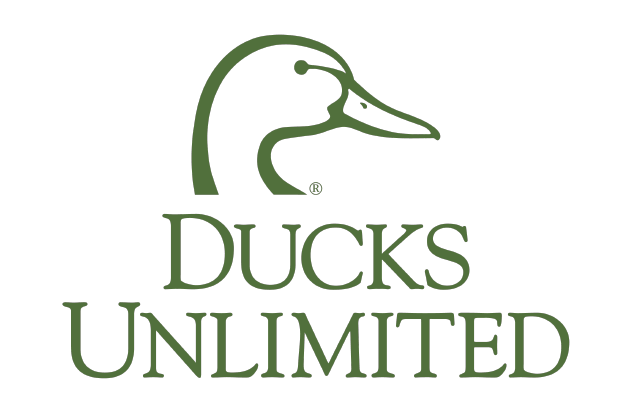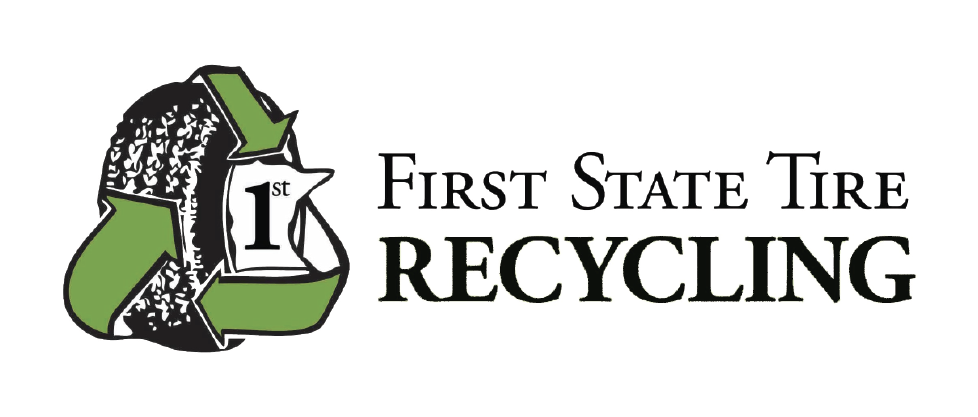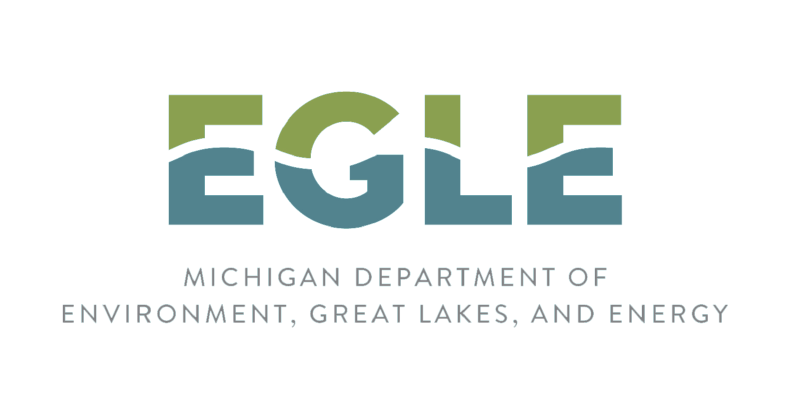Decoding Industrial Sand Mining
When you think about mining, you probably think about minerals like gold, diamonds, or copper. But sand? What is so special about the sand deposits in Wisconsin and why has the sand mining industry grown so tremendously here in the Upper Midwest? Put on your hard hat and let’s decode the science of the frac-sand industry.
Why is all this sand in the Upper Midwest and what is the sand being used for? The first section of the video will help you solve those mysteries and more. The quartz sand mined in Wisconsin is especially pure due to its position at the shoreline of ancient seas. Waves pummeled the sand for millions of years, cleaning it of impurities and causing each grain to take on a rounded texture. Only clear, rounded sand grains can be processed by the mining company and sold for a variety of uses. What is this sand used for? Watch the video to find out.
The second section of the video explores how the sand is actually mined. The investigative team finds out how sand is accessed and transported by interviewing a mining expert. Cedric, back at mission control, is not satisfied. He requests that the team asks a tough question about airborne sand that can cause a serious medical condition called silicosis. Emma and Josh ask experts about what Unimin does to keep their employees and surrounding communities safe from this dust, as well as manage the water they use in their operations.
The resident scientist at Unimin explains the process of reclamation in segment three. Reclamation means taking land that has been altered and managing it to match what it was like before mining took place. Unimin reclaims as they mine. They analyze the land before they ever dig so that they can recreate the original topography when mining is complete. Bulldozers move topsoil to areas in need of reclamation and workers plant native seeds to match the original habitat.
Segment four highlights the story of a species that has benefitted from Unimin’s sand mining operation. The Karner Blue Butterfly is an endangered species that prefers sandy soils with healthy populations of a beautiful purple flower called lupine. Unimin planted lupine throughout the areas it reclaimed and scientists have observed higher numbers of this small butterfly after reclamation compared to surveys conducted before mining started.
The investigative team has one final task in segment four. They need to ask critical questions about the impact of the sand mine on the local community. Josh and Emma sit around a bonfire with local kids who discuss their thoughts on the sand mine. Perhaps, like the kids, you’ll come up with your own conclusions about sand mining after watching the video below.
To dig further into the more Serious Science of industrial sand mining, explore these videos and companion lesson activities:
- Sand Mining 101
- Technology & Engineering of Sand Mining
- Environmental Impacts of Sand Mining
- Sand Mining & Ecosystems
The educational partner listed below supported the video content you see here. Visit their page to learn even more about their sand mining operation.
Full Video
Classroom Videos
Sand Mining and Ecosystems
Environmental Impacts of Sand Mining
Technology & Engineering of Sand Mining
Industrial Sand Mining 101

